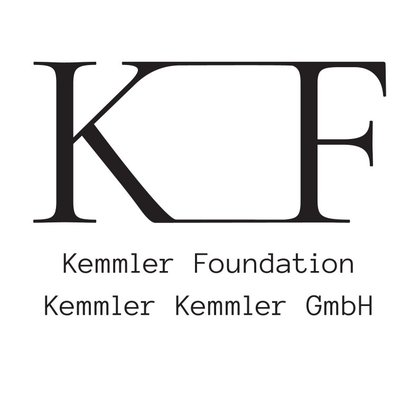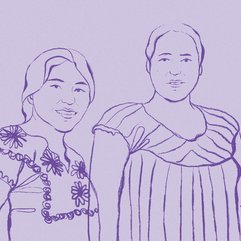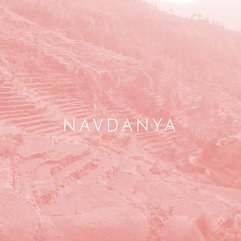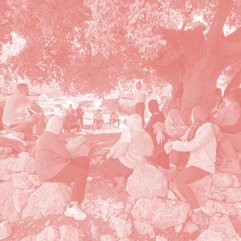Choreographies of Erasure
Unearthing Feminist Dance Histories of Kathak
18.00-19.00
Save the Date
For Youths and Adults
in English

What knowledge lives in the body after it has been silenced? What gestures survive the violence of erasure?
Choreographies of Erasure is an ongoing artistic research project that seeks to decolonize, de-brahmanize, and re-imagine contemporary Kathak by unearthing and re-embodying its erased feminist legacies. Conceived and facilitated by interdisciplinary artist, Kathak practitioner, and choreographer Ghazal Ramzani, the project unfolds through collaboration with Berlin-based Kathak dancers Prajna Debnath, Devika Phansalkar, Pranamita Ray, and Gabriela Langholf as Embodied Companions, and Habiba Insaf as Research Collaborator and Critical Companion.
Timing
18:00 – 19:00 — Performance, Artist Talk & Q&A
19:00 – 20:30 — Food Sale & Fundraiser for Sudan
The South Asian dance form Kathak was once shaped by tawaifs - female artists of different faiths, predominantly Muslim and Hindu, from present-day Pakistan and North India. Before colonial and nationalist reforms, the performances of these fiercely independent women - blending music, poetry, and dance - created spaces of cultural power and joy, even zones of resistance where patriarchal and colonial orders were subverted, and where freedom fighters found refuge.
Seen as a threat to both Brahmanical patriarchy and British rule, these women’s worlds were dismantled: their art criminalized, their history rewritten. Kathak was reframed as a sanitized, male-dominated, Hindu-Brahmin tradition within the emerging nationalist imagination of India - erasing the very bodies that once defined it.
Choreographies of Erasure returns to these silenced lineages through the dancing body as a living archive - containing traces of suppressed stories, marginal gestures, and feminist resistance. It is both performance and excavation, memory work and political critique.
In re-embodying what has been forgotten, we resist the narratives of purity and dominance that still shape this dance form today. This is not a nostalgic look backward - it is an act of radical presence, a dance toward other futures. Join us for its first public presentation, featuring a performance, artist talk, and Q&A.
This project is supported by Kemmler Foundation.

 Kemmler Kemmler GmbH
Kemmler Kemmler GmbH








